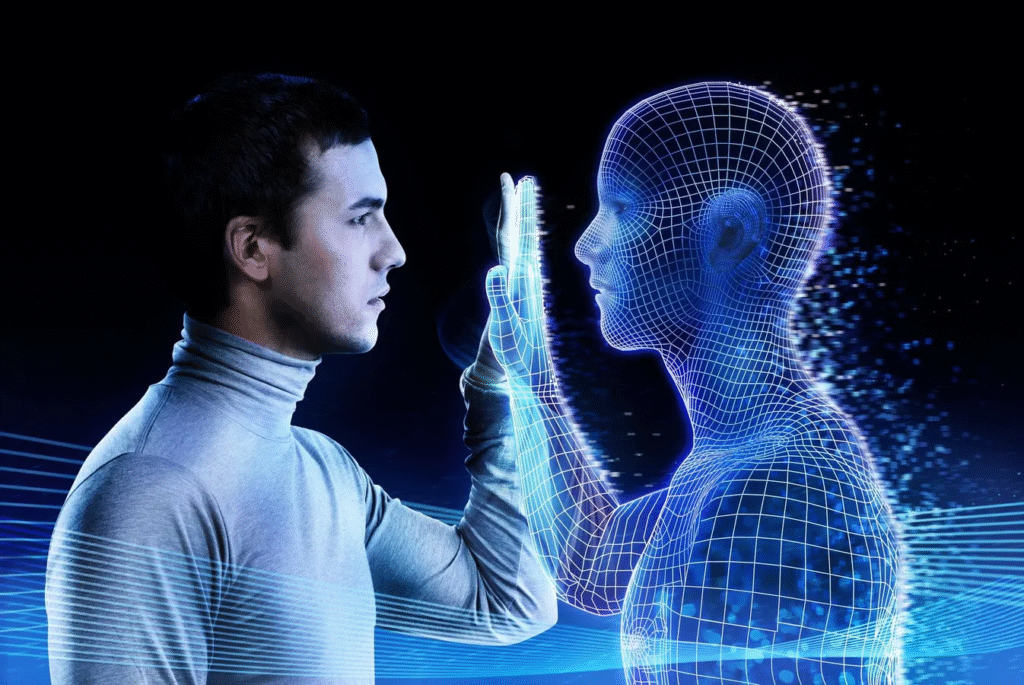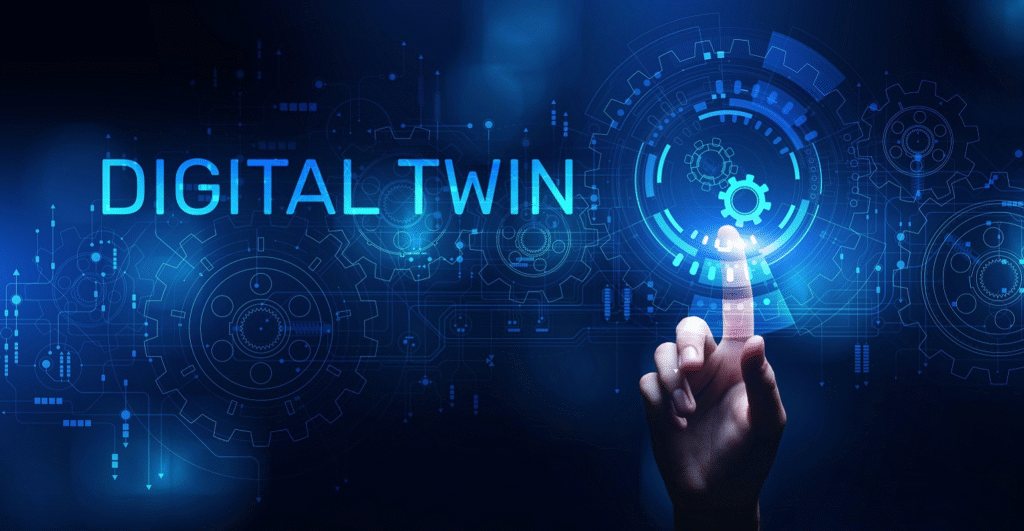Digital Twins for Employees: Creepy Surveillance or Productivity Breakthrough?
Imagine the following: a virtual self of you, all the time learning based on your work habits, interactions, and performance statistics, knowing your next step, and telling you the best way to use your productivity. Sounds like science fiction? Welcome to the world of digital twins for employees, a very new trend that is gradually being introduced into progressive HR practice.
A digital twin is a simple replica of a physical object. It has been in use for years simulating a machine and predicting failures in manufacturing. The new HR innovators are now investigating how to apply this concept to the employees: to develop data-driven versions of themselves, which can predict performance, offer personalized learning journeys, and even guide managers in decision-making. However, as with any game-changing technology, there is a strain: does this make work more productive or step over into invasive surveillance?

The Promise: Productivity and Personalization
There are a number of potential benefits associated with the use of digital twins:
- Individualized Learning and Development.
Analyzing work patterns, a digital twin may suggest upskilling opportunities that best fit the employee, both in his strengths and weaknesses. It is the equivalent of hiring a personal career coach, 24/7.
- Optimized Workflow
Twins are able to model various strategies of work, project schedules, and work cooperation in order to find out what brings efficiency to the maximum without work overload. This forecasting ability is capable of balancing the workloads, minimizing the bottlenecks, and improving the performance of the team.
- Early Risk Detection
When the twin identifies a pattern that could be attributed to burnout, disengagement, or decreasing performance, managers can take a proactive intervention. This might be a groundbreaker in terms of mental health support, avoiding the problems before they get out of hand.
- Data-Driven Career Planning
Through the wisdom of the digital twin, employees will have the opportunity to learn more about possible career prospects in accordance with their proven abilities and forecasted career paths to make decisions more transparent and personalized.
The Peril: When Surveillance Creeps In
However, the same data-driven insights that promise growth can also create anxiety and distrust:
- Feeling Watched 24/7
Unrelenting monitoring of all clicks, calls, and interactions is oppressive. The twin will be seen as a spy and not a helper, which will cause stress, lack of autonomy, and mistrust among the employees. - Algorithmic Bias
In case twins receive biased historical data, they can enhance unjust judgments. As an example, they may not highly consider the employees who have career breaks or those who belong to underrepresented populations. - Privacy Concerns
Employees may have the question of who owns the data, how it is used, and what the protection is. In the absence of explicit policies, digital twins may become invasive instead of helpful aids. - Over-Reliance on Tech
Managers may give too much focus on the recommendations of digital twins to the extent of neglecting human intuition, empathy, and context, which are key factors in leadership and talent development.
Best Practices: Balancing Insight with Ethics
To reap the benefits without turning digital twins into dystopian monitors, HR teams need a thoughtful approach:
- Transparency First: Employees should know what data is being collected, how it’s analyzed, and the goals behind the twin’s insights.
- Consent & Control: Employees must have the option to engage with the twin and control their data. A “digital opt-in” builds trust.
- Bias Audits: Regularly check algorithms to ensure fairness and inclusivity in recommendations.
- Human Oversight: Use twins as advisory tools, not decision-makers. Managers should interpret insights with empathy and context.
Focus on Growth, Not Punishment: Emphasize career development, wellness, and collaboration rather than surveillance and enforcement.

Looking Ahead: A Tool, Not a Threat
Digital twins for employees are a glimpse into a future where work is smarter, more personalized, and potentially more humane. But technology alone doesn’t create trust or engagement—culture does. Companies that adopt digital twins responsibly, respecting privacy and emphasizing development, will likely see higher productivity, better retention, and happier employees.
On the flip side, those that treat twins as spying tools risk creating the very disengagement and stress they aim to eliminate. In other words, the line between “creepy surveillance” and “productivity breakthrough” is drawn not by technology, but by how humans wield it.
Digital twins won’t replace managers, mentors, or human judgment—they should augment them. When implemented with ethics, transparency, and empathy, this futuristic tool could redefine employee experience. When misused, it could become the HR nightmare.

